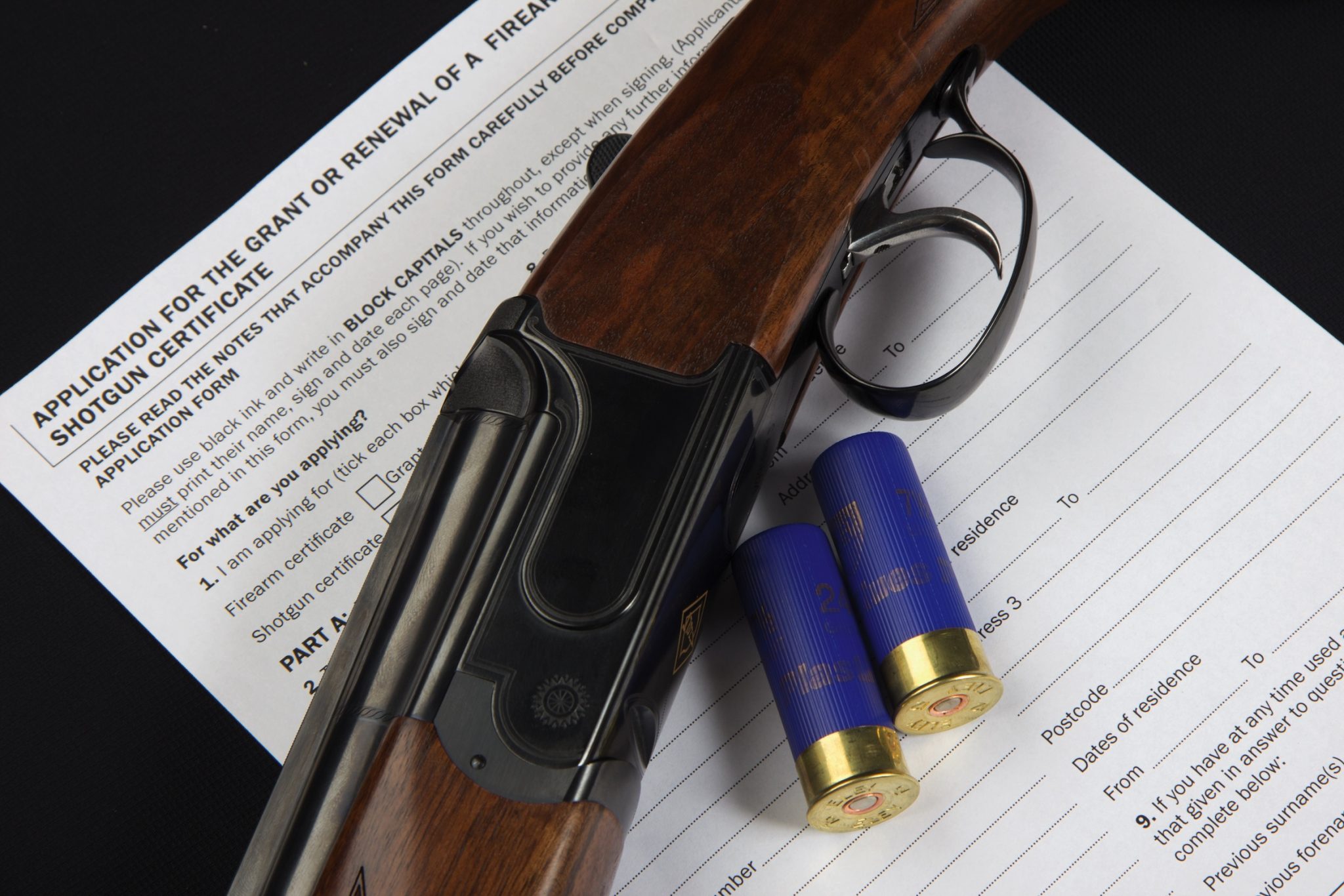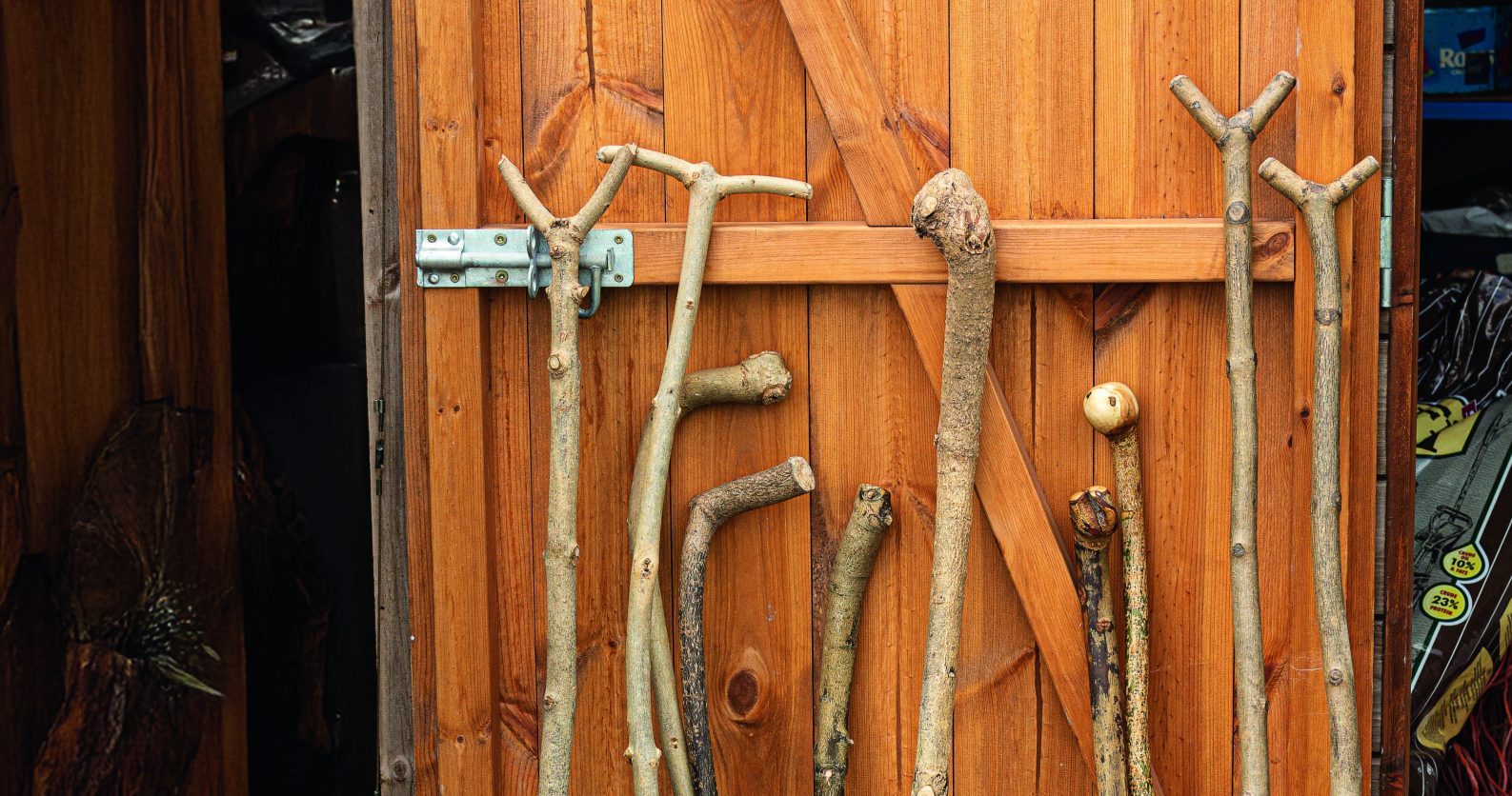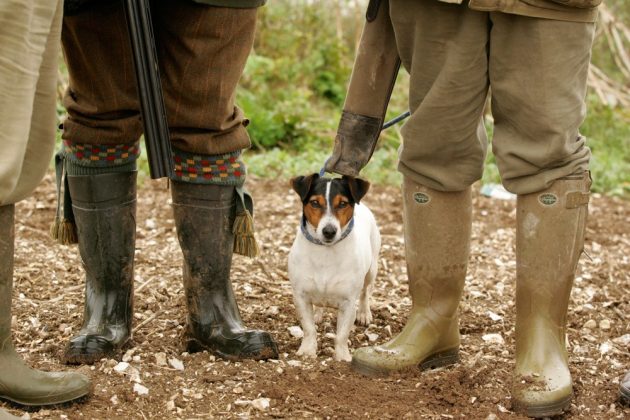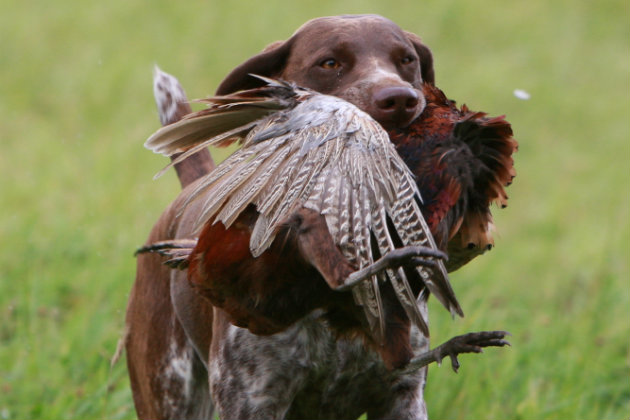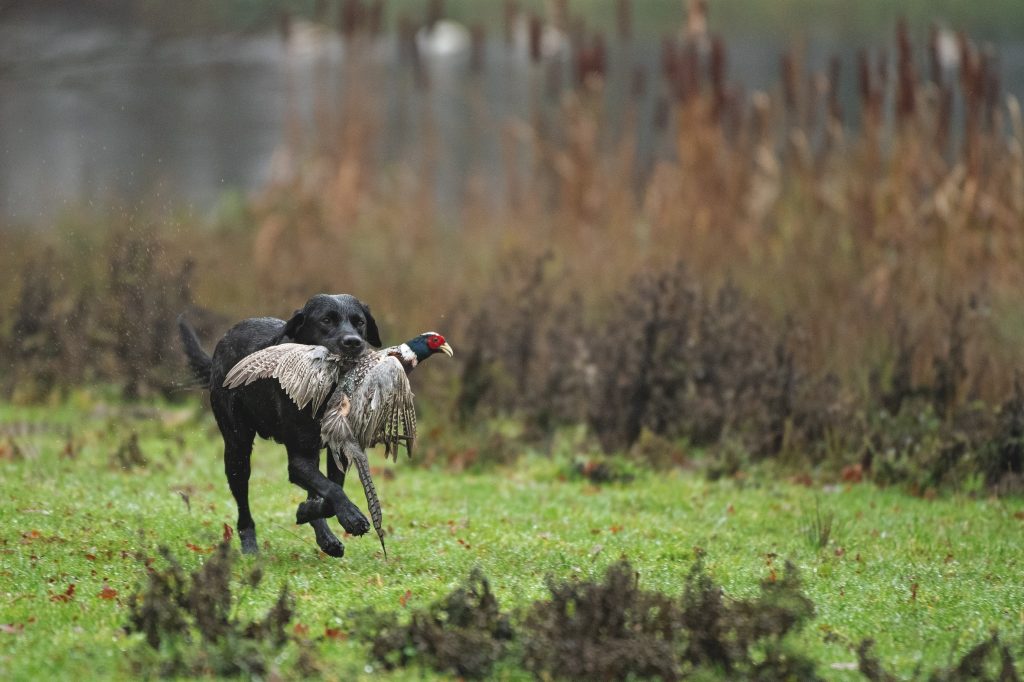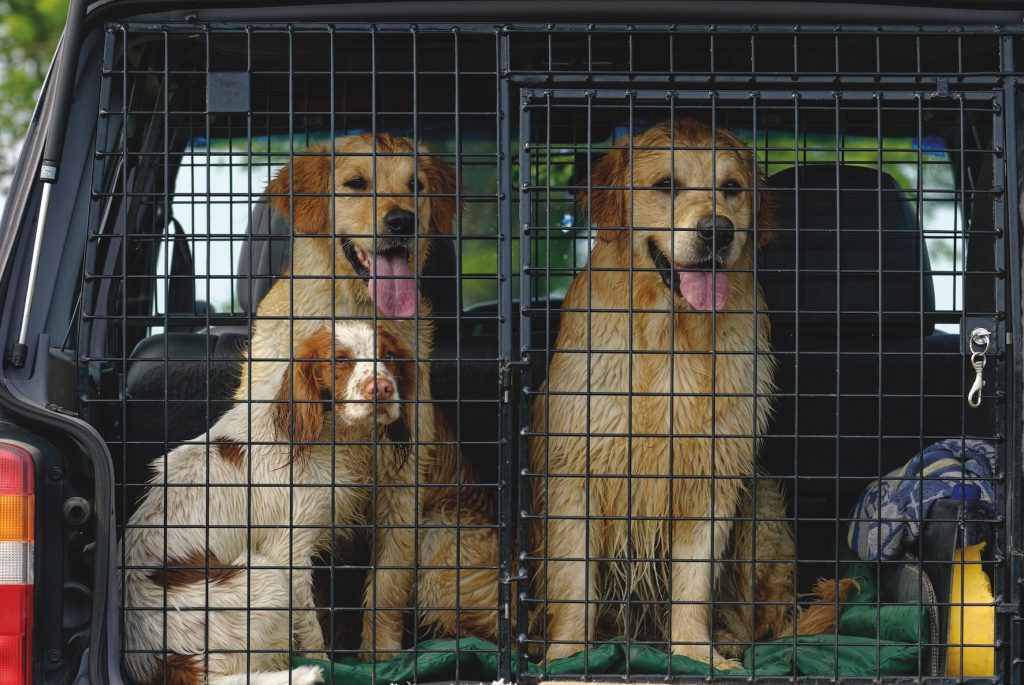Win CENS ProFlex DX5 earplugs worth £1,149 – enter here
The German shorthaired pointer: an impressive hunting pattern
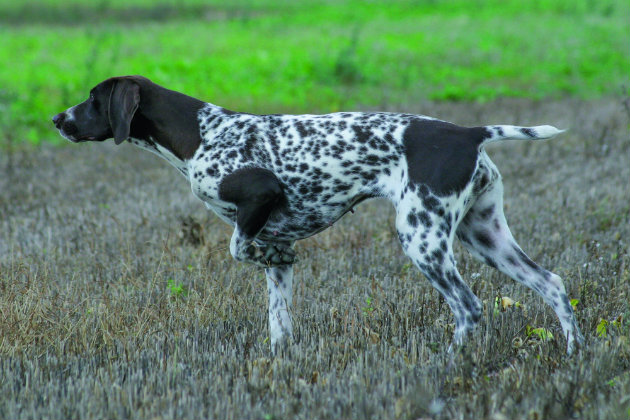
Facts about the German shorthaired pointer
- The German shorthaired pointer (GSP) is a medium to large sized breed of dog developed in the 19th century in Germany for hunting.
- GSPs are an all-purpose gundog, suitable for both land and water.
- When the GSP is in the classic point stance, the tail should be held straight out from the body, forming a line with the pointing head and body.
- Like all German pointers, GSPs have webbed feet.
- Coat colours can be a dark brown, referred to as “liver”, black, black roan, white, liver roan, liver and white or black and white.
- Solid liver and solid black coats also occur, often with a small blaze of ticking or white on the chest.
The very first time I saw a German shorthaired pointer (GSP) working was about 30 years ago. I was at a spring pointing test on the Waddesdon Manor Estate in Buckinghamshire, and the first dog to run was a white and liver-ticked dog called Swifthouse Basil. I was truly impressed by the dog’s speed and pace and how much ground it covered in its hunting pattern. Basil was covering at least 100 yards and going like the wind. He was working what is known as a back-wind, this is where the wind is blowing away from the handler (i.e. at their back). An experienced dog learns to hunt out and then work back into the wind and therefore towards the handler. (Read German HPR breeds – why are they so popular in the UK?)
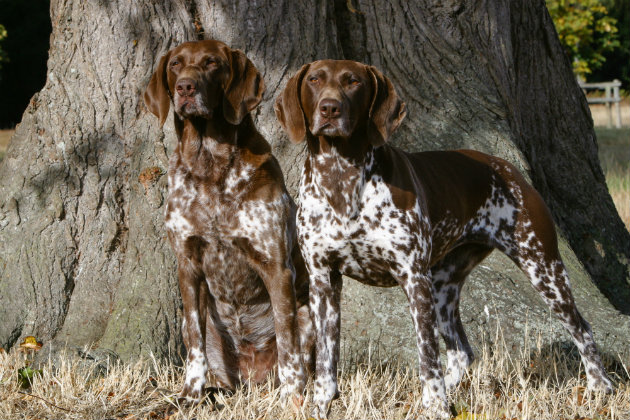
German shorthaired pointers
One minute Basil was running full pelt and then the brakes came on and he came to a dead stop, I had never seen a pointer “point” and the intensity on the dog’s face was literally spellbinding. The handler walked up behind the dog and gave the “get in” command – an explosive flush followed producing a pair of grey partridges from the fodder turnips. That was my first experience of watching a GSP working in the shooting field, but over the following years I had the pleasure of watching, and eventually shooting over, this majestic breed. (Read the trick to training an HPR breed.)
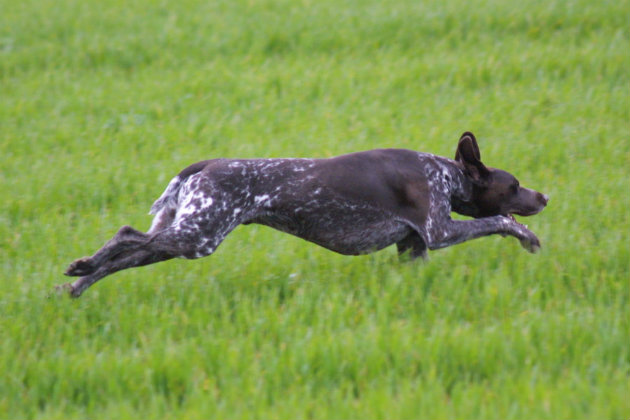
GSPs work with speed and pace while covering lots of ground in its hunting pattern
I have had the opportunity to shoot over many different breeds and without doubt some of my most nerve-racking moments have been when shooting over HPRs. One particular situation will live with me until the day I leave this mortal earth. I was shooting on an HPR training day on the edges of a grouse moor and it wasn’t going well at all. We had been walking for more than three hours and everyone was fed up. I was the right-hand Gun when a flashy GSP turned into the ever-increasing wind and went on point.
Holding the birds
HPRs move at quite a pace, but once they wind game they will stop dead and go on point, so as a Gun you need to be vigilant at all times. When the dog has locked on and is holding the birds, the Gun and the handler will walk up to the dog and the handler will command the dog to “get in”. In theory the dog flushes the bird and the Gun takes the shot – sounds easy, but on this occasion it all went very wrong. I got to the dog, it moved in and flushed a couple of snipe. As they got whisked away in the now near gale, I raised my gun, flicked off the safety catch, swung through and pulled the trigger.
A look of disgust
The GSP in question was a young dog and it had worked its paws off to find the only feathered game anywhere on the moor. It had pointed the birds, held it long enough for the Gun and the reward for all of its hard work was going to be a retrieve – wrong! When I pulled the trigger nothing happened – I hadn’t loaded the gun. I developed the biggest blush known to mankind. Although this took place years ago I can still see the look of despair on the handler’s face and the look of disgust from the dog.
The German Shorthaired Pointer Association
The German Shorthaired Pointer Association (GSPA) was formed in 1972 by a group of breed enthusiasts, who wished to preserve the GSP status as an all-round gundog. The breed was first introduced into the UK by returning servicemen towards the end of World War II. Many of whom had chance to see the breed working in Germany and, being impressed with the capabilities of the GSP, decided to introduce the breed to this country. As numbers and interest in the breed increased, so did the need to formalise its place in the UK. A club for GSPs was formed early in the 1950s by interested owners and the GSPA was formed in 1972. Find out more about the Association here.
This article was originally published in 2017 and has been updated.
Related Articles
Get the latest news delivered direct to your door
Subscribe to Shooting Times & Country
Discover the ultimate companion for field sports enthusiasts with Shooting Times & Country Magazine, the UK’s leading weekly publication that has been at the forefront of shooting culture since 1882. Subscribers gain access to expert tips, comprehensive gear reviews, seasonal advice and a vibrant community of like-minded shooters.
Save on shop price when you subscribe with weekly issues featuring in-depth articles on gundog training, exclusive member offers and access to the digital back issue library. A Shooting Times & Country subscription is more than a magazine, don’t just read about the countryside; immerse yourself in its most authoritative and engaging publication.



